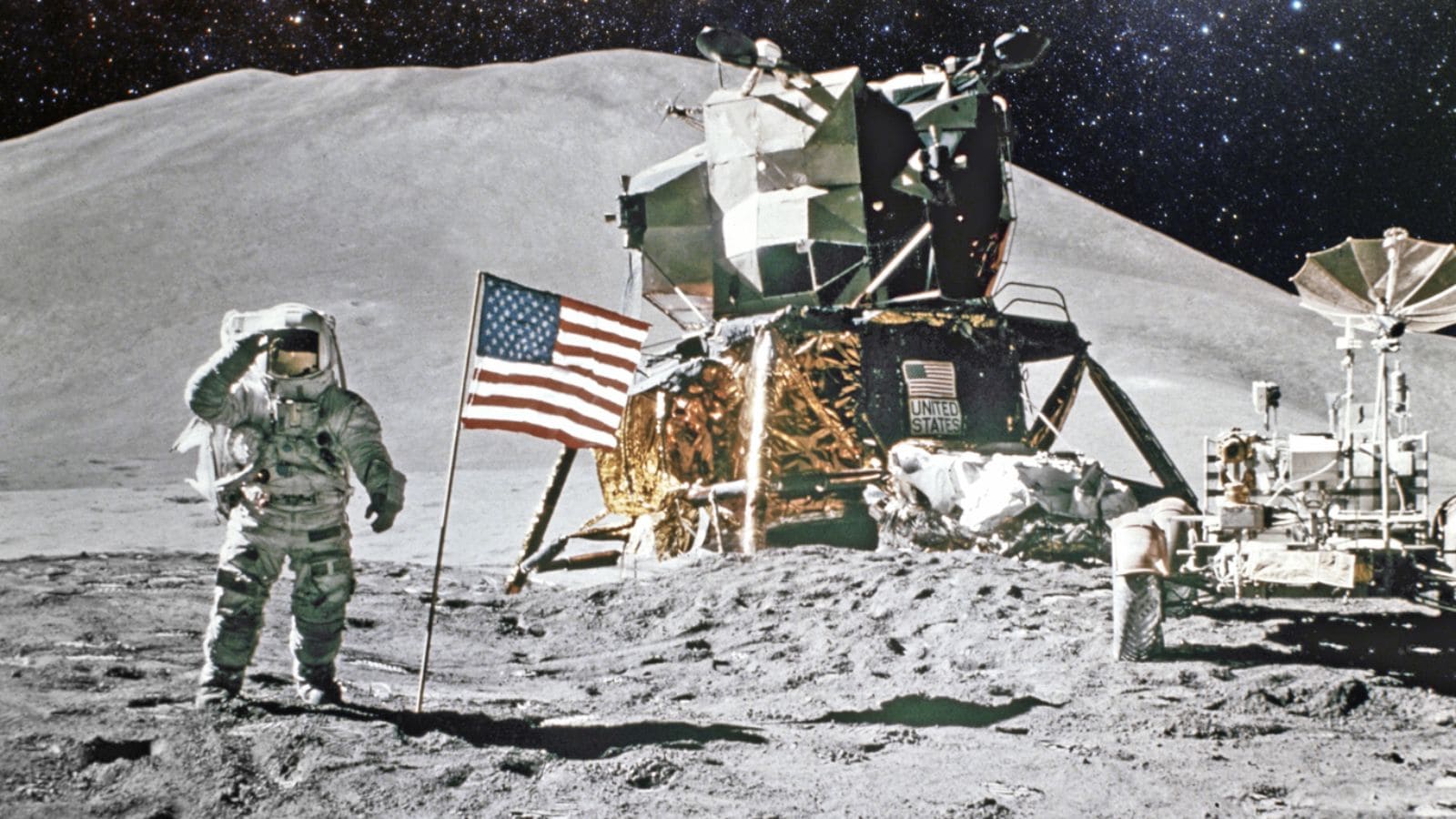The ‘swinging sixties’ are now 60 years in the past, but they’ve made a lasting impression on our world—particularly for those who grew up in this fun and radical age. Marked by huge social, political, and cultural changes, a 1960s childhood was a unique and memorable experience—so let’s explore the 19 reasons why ‘60s kids ‘had it so good’!
Innovative Music

The ’60s revolutionized the music industry and brought us legendary artists like The Beatles, the Beach Boys, Bob Dylan, and the Rolling Stones. This musical renaissance occurred alongside an explosion of creativity in general, exposing the era’s children to a vibrant and exciting new landscape of artistic expression.
Cultural Liberation

Study.com says the decade was a period of rapid cultural liberation, marked by movements for civil rights, women’s liberation, and more. This atmosphere of peaceful protest, social progress, and improving equality taught young minds to look beyond race, gender, and religion and helped make their world a friendlier, more accepting place.
Scientific Progress

The ‘60s brought one of the most significant and exciting scientific human accomplishments to televisions everywhere. The ISS National Library reports that the space race, culminating in the 1969 moon landing, filled children with a sense of wonder and an ‘anything is possible’ attitude, inspiring an entire generation of new scientists.
Expansion of Television

The 1960s saw a rapid increase in television sales and a vast improvement in the quality and choice of broadcast content. SilverSurfers claims that iconic children’s programming (like The Magic Roundabout and The Herbs) made television a beloved form of entertainment for ‘60s children, with many older people still looking back on such shows with fond memories.
Outdoor Play and Freedom

In the ‘60s, children played outside a lot and had greater personal freedom to roam, largely due to the fact that there were fewer cars and less fear of ‘stranger danger.’ Growing up in relatively safe, close-knit communities meant they could explore nature, go on adventures, and enjoy greater independence than children nowadays.
Iconic Fashion and Style

The ‘60s are famous for iconic, innovative fashion trends, and that went for children’s fashion too! Fashion History Timeline says kids’ clothes “became more casual and bright in color and pattern.” This more fun and relaxed attitude toward fashion allowed young people of the era to express themselves and be more creative with clothes than ever before.
Comic Books

While the era marked significant developments in every kind of literature, graphic storybooks were the most beloved new additions for children. Sixties City notes that there were various comic books aimed at both sexes and all ages, from superheroes and fantasy stories to fashion, music, and even romance for teenagers.
Rise of Youth Culture

Before World War II, children were largely seen as ‘adults in training’ who were largely kept separate from grown-ups and rarely expected to have their own opinions or ideas. However, the post-war years brought progressive change, and by the ‘60s, the rise of youth culture gave them a new sense of identity and influence.
Better Civil Rights

The Library of Congress states, “At its height in the 1960s, the Civil Rights Movement drew children, teenagers, and young adults into a maelstrom of meetings, marches, violence, and in some cases, imprisonment.” While this could be negative, growing up in a transformative time and having the power to impact social justice was also empowering and inspiring.
More Face-to-Face Interaction

Although they didn’t know it at the time, children of the ‘60s were on the cusp of an increased reliance on technology in the millennium. Growing up without addictive and invasive digital devices like smartphones meant they had better social skills, healthier relationships, and stronger connections with their communities than today’s tech-dependent kids.
Counterculture

Even before the controversial Vietnam War started, the counterculture movement focused on alternative lifestyles and shunned commercialism and military idolization. UGA reports that this peaceful focus on a free-spirited and free-thinking lifestyle encouraged children to think for themselves and challenge the status quo—a liberating concept!
Economic Growth

The post-war economic boom created a climate of opportunity and optimism, meaning children of the era often felt they could do anything they put their minds to. This secure financial background and lack of stagnation or decline meant that many families enjoyed comfortable lifestyles and had hopeful children who felt full of potential.
Innovative Toys and Games

According to Fat Brain Toys, the ‘60s introduced children to some classic games, including Operation, Life, Trouble, Kerplunk, Mousetrap, Stratego, and Battleship. These are still played by children today and often invoke a sense of nostalgia in older people, who remember the joy and excitement of playing them as ‘60s kids.
Family-Focused Lifestyles

Before rising divorce rates, 95-hour work weeks, and distracting technology, children of the ‘60s enjoyed much more time as a family. Activities like family dinners, vacations, and day trips were common, as were social gatherings with many generations present at once. This instilled strong family values and a sense of belonging.
Growing Environmentalism

Although the era was by no means perfect when it came to protecting the planet, concern for nature, wildlife, and the environment first became mainstream in the late 1960s. An early exposure to environmental concerns gave children of the era a lasting awareness of such issues compared to previous generations.
Historic Sporting Events

The decade was rich in memorable sporting events, from tennis and baseball to boxing and ice skating. Stacker lists some of the most influential sporting moments of the decade, such as the 1966 FIFA World Cup and the 1968 Olympic Games. These were sources of inspiration and national pride for young sports enthusiasts everywhere.
Less Consumerism

Before we replaced items instead of repairing them, and before advertisements screamed at us from every screen, ‘60s kids lived in a far less materialistic world. Growing up with less consumerism meant an emphasis on simpler things, like nature and hobbies, which helped foster creativity, resourcefulness, and an appreciation for cost-free pleasures.
Community Spirit

Neighborhoods in the ‘60s were close-knit, with residents often mutually supporting each other and becoming friends. This more community-centric lifestyle provided a secure and nurturing environment for children, who developed a strong sense of civic duty and lasting bonds with their neighbors.
Slower Pace of Life

With all our modern tech making everything faster, modern children are often impatient and energetic. But the ‘60s offered a more straightforward, slower pace of life that allowed children of the age to enjoy a more relaxed childhood, with less pressure, fewer extracurricular activities, and more time to explore the world around them.
